In their new joint zine, tender, Singaporean photographer Nicole Ngai and Filipino artist Ezekiel remind us to stop and smell the roses. Tangerine peels scattered messily on a plate. The harsh glare of sunlight reflecting as cosmic patterns on a muddy lake. A rare rainbow arching across a hazy London sky. But portrayed most prominently throughout their images? Instances of connection. Connections between a group of friends, the photographer and their subject, humanity and nature, change and the passing of time. Captured before, during and after lockdown between 2019 and 2020, the collaborative project immortalises different moments across time to highlight the beauty in everyday moments during periods of uncertainty, change and growth.
Moving to London in 2016, the pair first met on the BA Fashion Photography course at LCF. It was only working in the quiet space of the darkroom during final year — a “space that really allowed us to experience each other’s creative process and dig into each other’s minds a little,” Ezekiel adds — that they decided to collaborate as image-makers, and where tender was conceived. Exhausted and anxious from the constant dread of impending deadlines, the two friends embarked on tender in order to explore how they could practice creative freedom and emotional expression through their work.
While Ezekiel captures the tenderness manifested in physical intimacy and more private, indoor domains, Nicole’s photographs step outside to the natural world to reflect the tenderness found in transience. Together their images share a dialogue of intimacy and honesty to paint a soft, unfiltered lens of the world around them. It’s particularly resonant during times of physical distancing.
Below, we catch up with Nicole and Ezekiel to discuss intimacy, transitions and the power of photography.
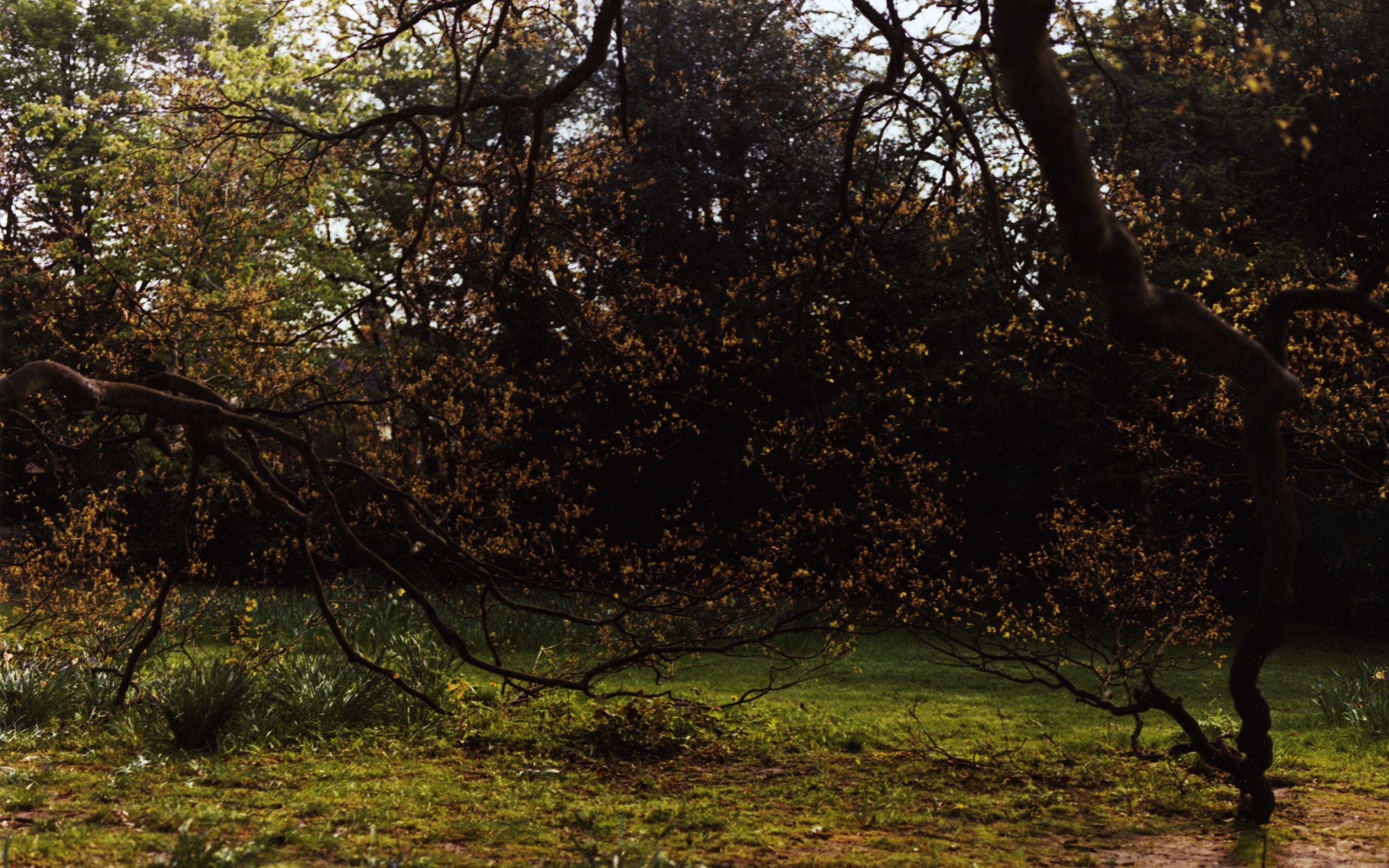
How did you get into photography? What was the first photograph you took? E: My interest in photography began in my early teens when my parents handed down an old semi-auto film camera that they had in the 90s. Through this camera, I learnt how to shoot on film and brought it everywhere with me. It came to house parties, family holidays and was mainly used to document my relationships with friends and family. I was also an avid landscape photographer back then.
One of the very first ‘serious’ photographs I took was back in the Bebo days of some trees outside my family home. I remember I used to enter these photography ‘competitions’ and submit photographs of nature outside my house.
N: Yeah for real, the first thing I did after I got my camera was to test it out in the forest behind my house. When I was a teenager, my best friend and I would use photography as a tool to document our outfits, attempting to recreate editorials from fashion magazines. We were fed up with how boring people in Singapore dressed, so we hung around shopping areas taking street snaps of cool people. I soon realised how much fun photography was and how happy it made me.
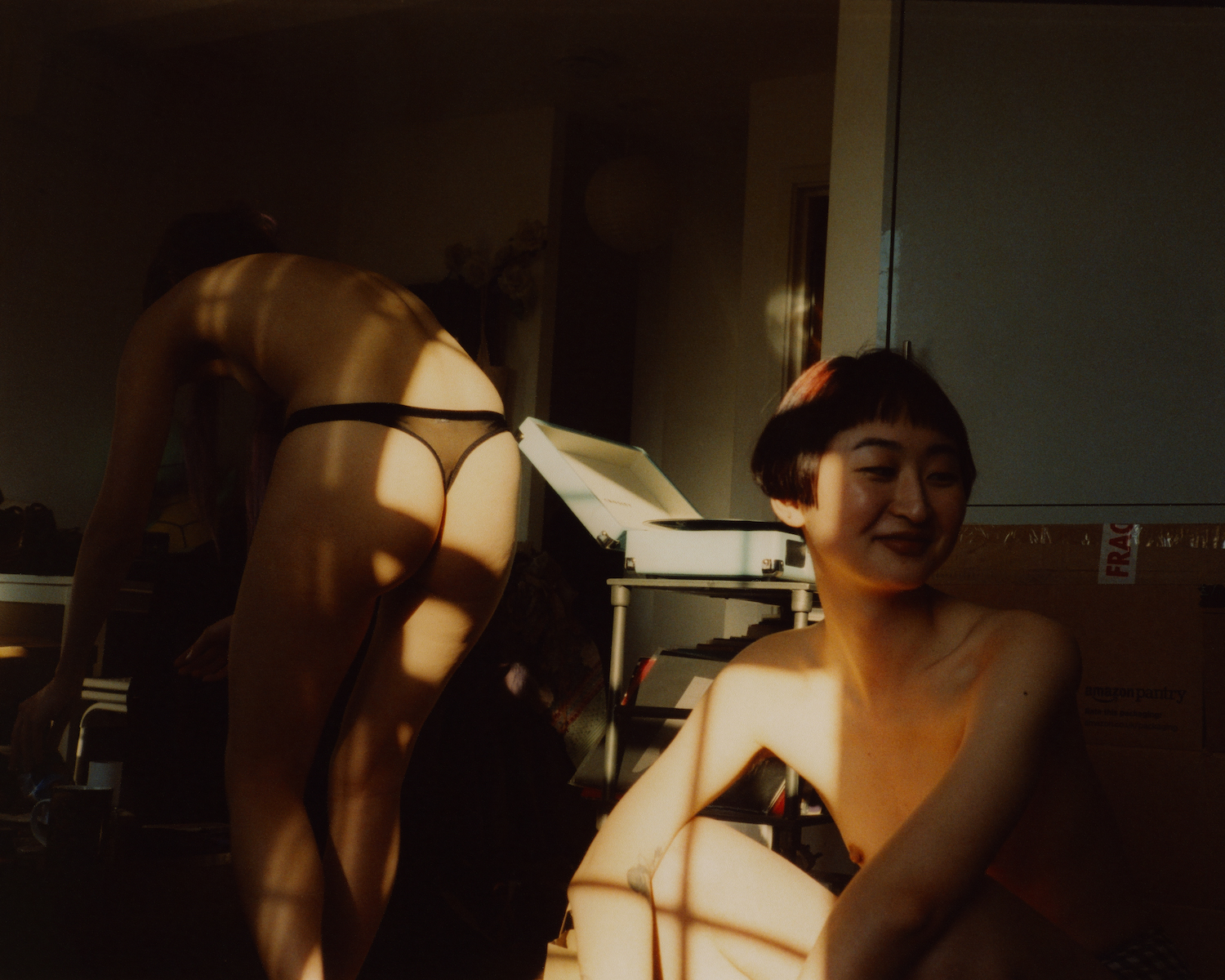
tender charts a period of transition and growth, documenting your journey with yourself, each other, your communities and the environment around you. Could you describe this journey between 2019 to 2020, and whether anything has changed in your perspectives towards your practices? E: tender began during a relatively fragile period in my life; I wasn’t doing very well mentally. tender became a way for me to channel and deal with all these intense emotions. I definitely began to explore the tension between artistic and emotional expression as a means of grounding myself — something that I had touched on in the past but not truly looked deep into. As the project progressed, so did the pandemic and then we went into lockdown. I spent nearly a month on my own, and tender became a way for me to keep going, to find the beauty in the most mundane things I could see around me. In some ways, it became a sort of ‘art therapy’.
N: Before, I was making work that was reactionary — deconstructing, decolonising, challenging forms of representation and aspects of society. I think that came from restlessly absorbing social media, conversing with friends, and living in London which is always full of chaotic energy.
With lockdown putting society on hold, my world became a lot more insular. I had more space to breathe, and that resulted in a shift to my work becoming more introspective. I dealt with many challenges during the pandemic, and came out of it more confident and self-assured. With tender being a year-long project, I built upon and developed the foundation of the work I was making previously with a renewed perspective. In my previous work, I explored ideas of tenderness through empathy and shared kinship among friends. During the pandemic, my perspective shifted to my connection with nature and the outer world.
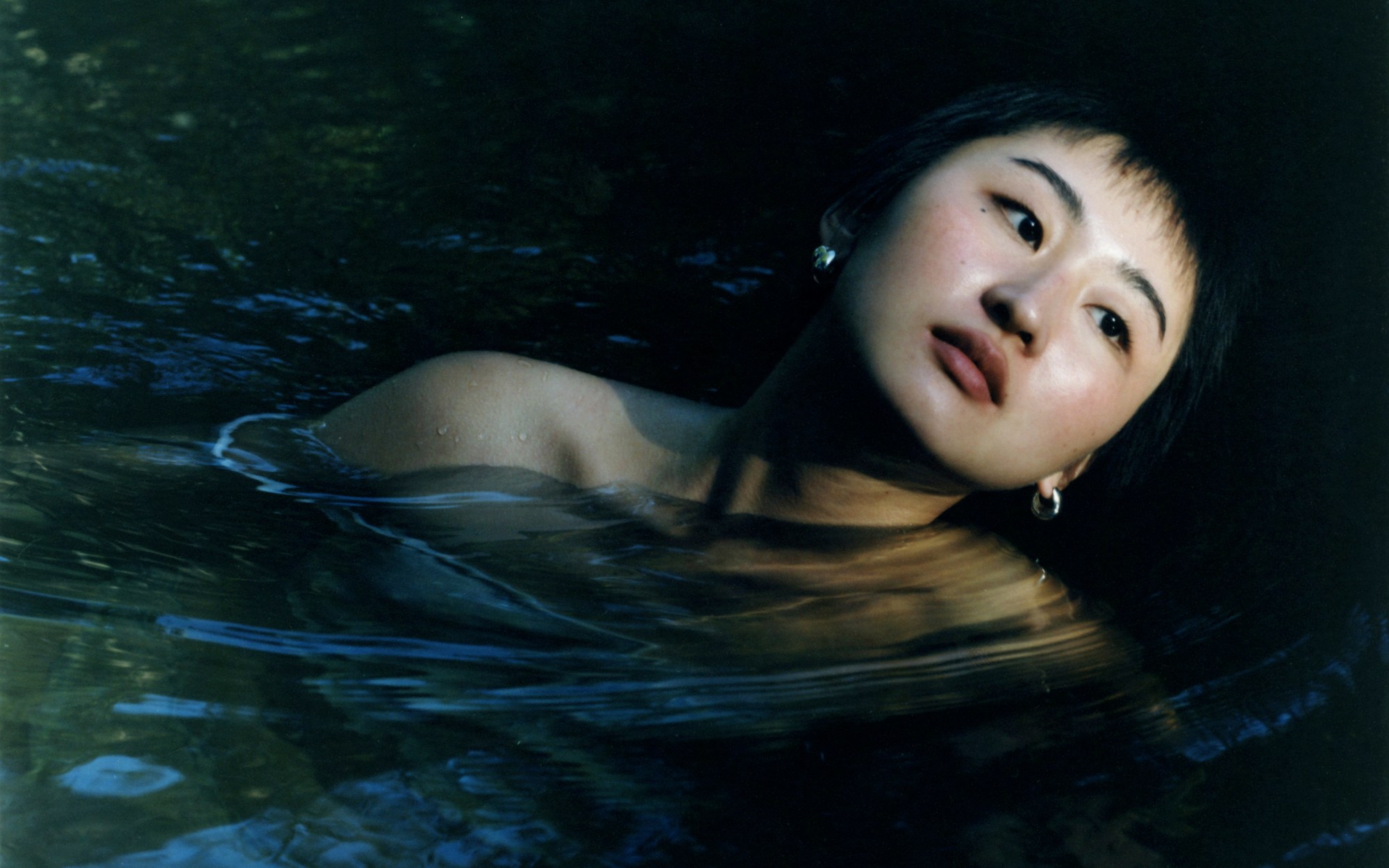
What did you learn about yourselves and each other in the process of making the zine?
E: The past year or so have made me realise how hypersensitive I am. I think it’s hard not to be when so much is happening, but I do find comfort in the fact that we are all experiencing this together, and that I am not alone in my anxiety. I also believe that the zine is a reflection of my spiritual and emotional journey and growth. It’s scary but also beautiful to experience how differently I approach life nowadays. I’m a lot calmer.
N: As a creative, it’s easy to get caught up in the soul-sucking snare of life commitments, money issues and producing work for others (mainly capitalists). I always try to have a personal project running alongside my professional practice for a sense of balance. As Ezekiel mentioned, the zine was definitely a meditative safe space for both of us to explore our thoughts, feelings and new ideas away from any sort of pressure — which in this mental year, was definitely needed!
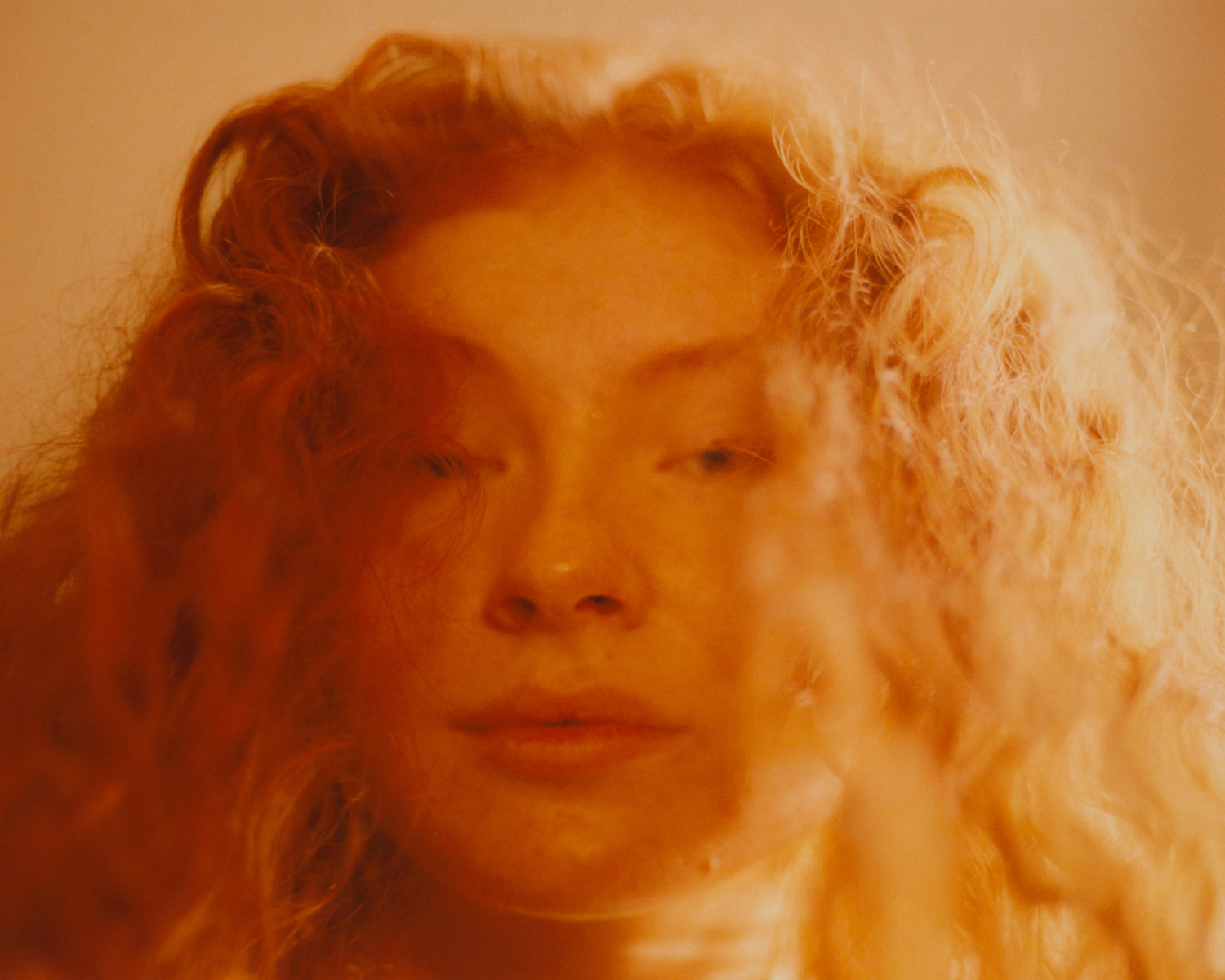
Could you share any memorable anecdotes behind your images? E: The best moments from tender are the ones which are unplanned and involve the people who mean a lot to me. Like the photographs of Nicole and Wenchu, I remember that day well. They used to get insanely stunning sunlight in their flat during sunset, so I asked to come over to chat and shoot. Nothing was really planned — I just wanted to capture them in their most comfortable environment in the beautiful light. Moments like that are probably my favourite things about the zine.
N: Definitely! The process of making pictures is equally as important as the final image. We tend to shoot our friends because it’s easier when you have that established connection. It was mad climbing through the overgrown forest with Vanessa looking for a good spot to shoot, hanging above the water with one hand clutching onto branches and the other holding my Mamiya without a camera strap. Certainly, the sense of comfort our models have around us and our return appreciation for them comes across in the pictures we make.
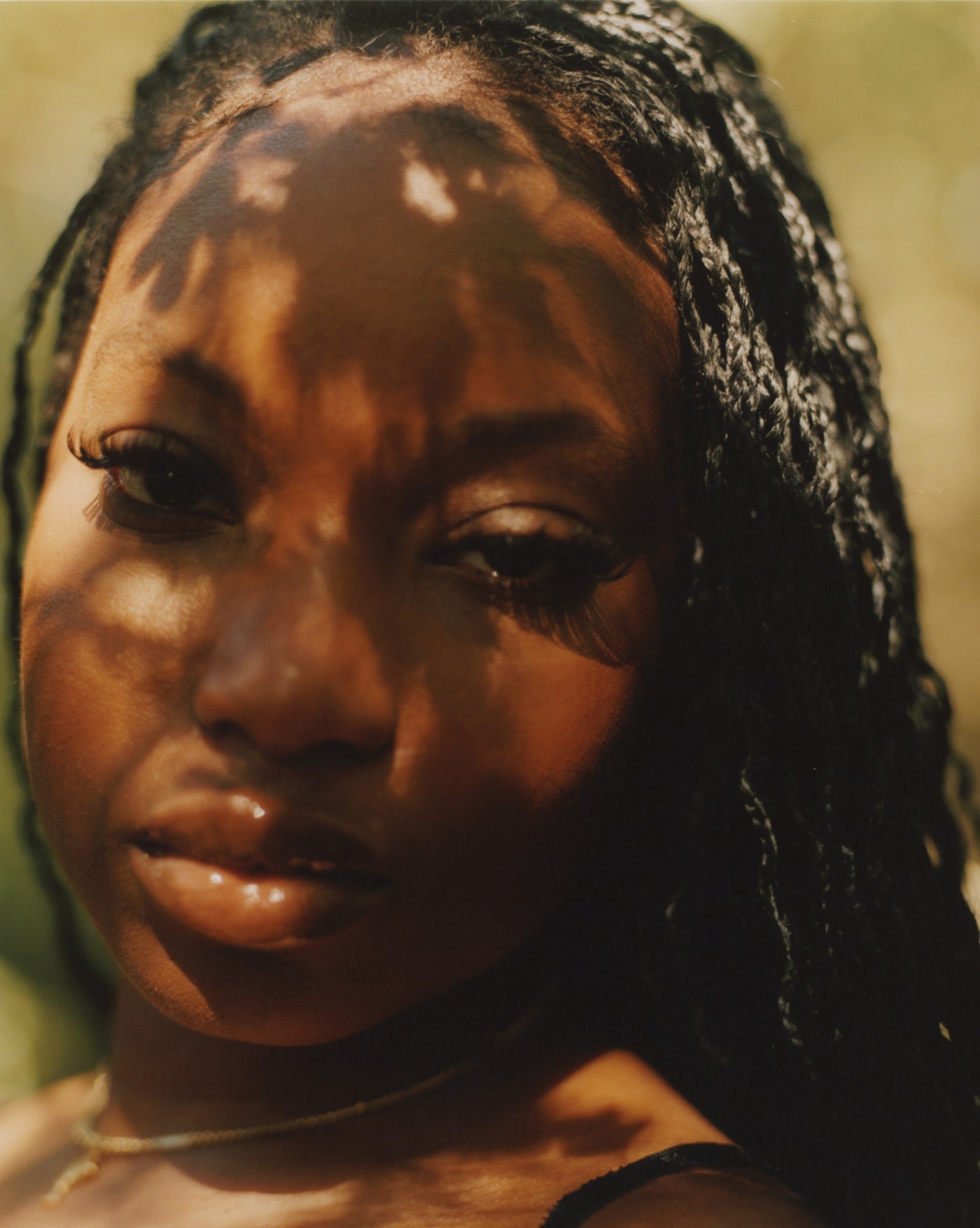
What does intimacy mean to you right now, and how has your understanding of it changed from when you were a kid? E: I grew up in a Catholic household and went to a middle-class Catholic school in the white suburbs, so growing up queer… you can imagine how limited my experience with sex and sexual intimacy was. Luckily enough, as I got older I was able to explore ideas surrounding my sexuality and gender identity at my own pace through my work. In my teen years, sex and intimacy was often associated with hardness and aggression. I’ve definitely tried to unlearn this and display this through the project. In tender, sexual intimacy is represented through a softer light.
N: Culturally, it’s just not typical to express affection or open up about your innermost feelings. Sex is something that’s not often spoken about. I’ve learnt to open up a lot more as I grew older, encouraged by my friends. I’ve learnt that the willingness to be vulnerable isn’t a weakness, but a strength. It sounds obvious now but that really was not the case when I was growing up!
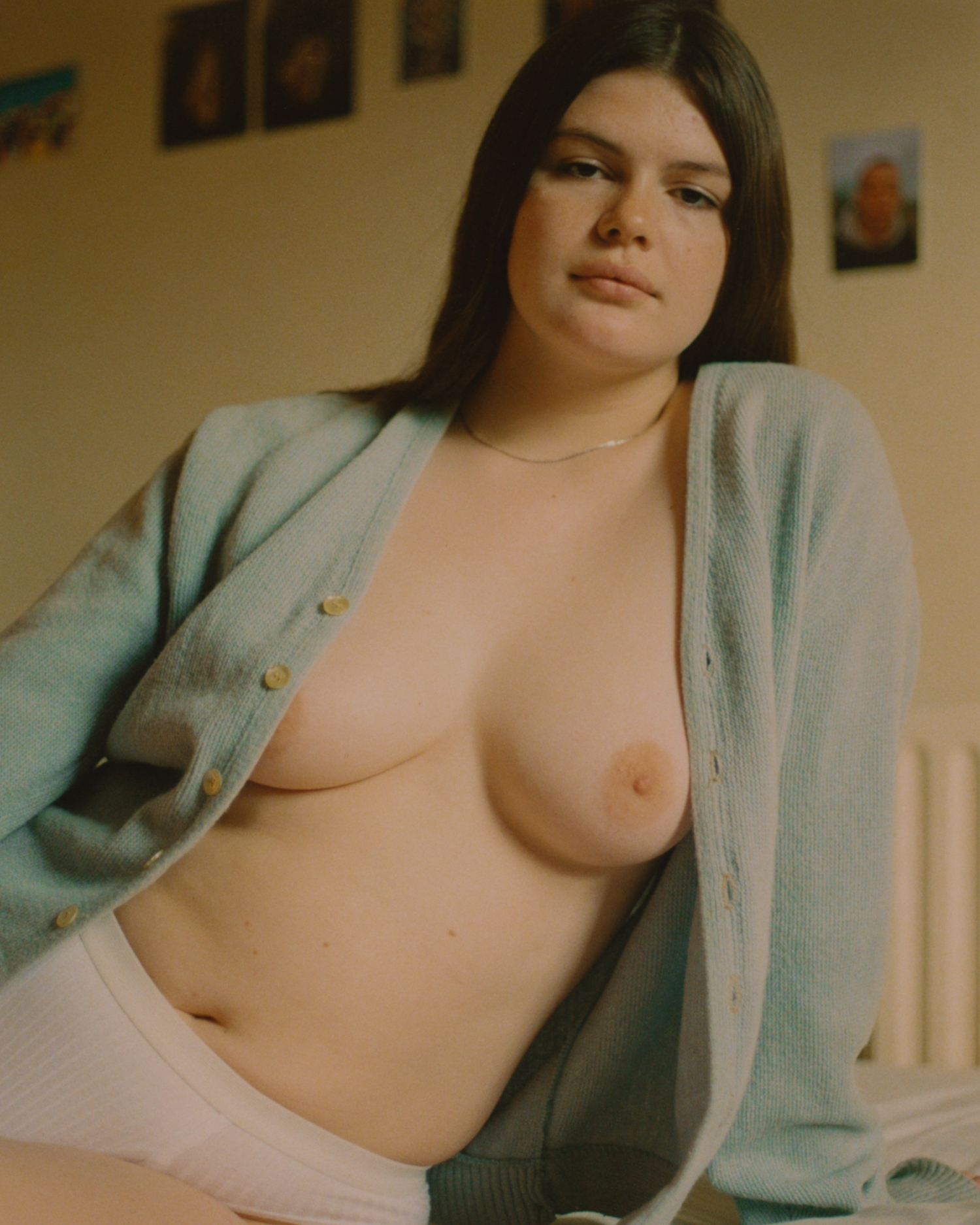
How do you stay inspired and connected to yourselves and the world during trying times? E: I try to be mindful of my spiritual, physical and mental health as much as possible, which usually involves exercising, cooking, laughing and trying to find the joy in everyday things.
N: I found it difficult to stay inspired and I think it’s important to highlight that it’s the reality of our world today and that’s okay! We put so much pressure on ourselves to be productive as young creatives, and as Ezekiel said, happiness and mental health should be our first priority.


